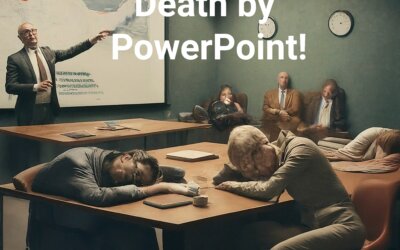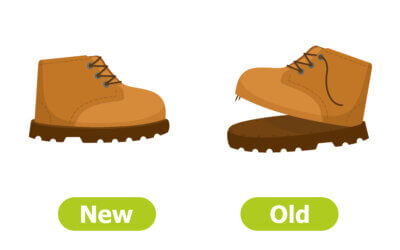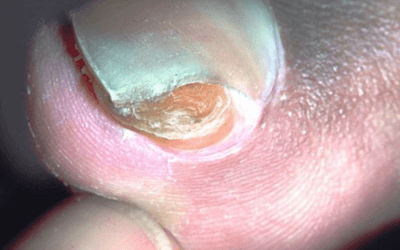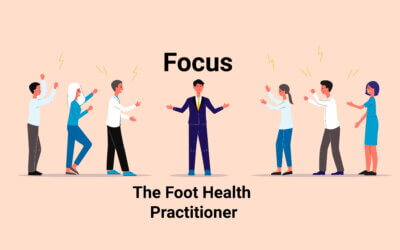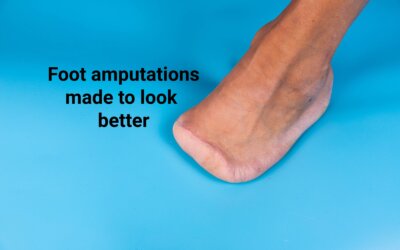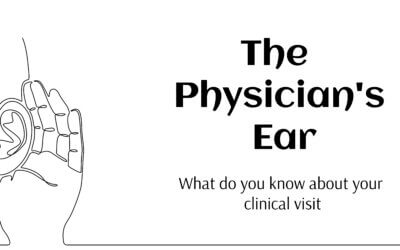Tips on Public Speaking
Well, it is simple. Good speakers feel that PowerPoint makes people lazy, leading to a lack of being prepared. I thought it was a good topic as conference season is starting to warm up for some. Preparation is everything and of course, your talk looks better for those slides. I am a strong proponent of PowerPoint, but I have to say it is poorly used more than it is used well. In preparing this short article I have adopted the term Death by PowerPoint because it really can kill what could be a good talk. A few tips might not go amiss.
Should You Repair Old Shoes
Podiatrists would usually say to change shoes when the heel wears and certainly do not re-heel, but I am not of that ilk despite it being more ideal. Well, chucking out shoes is all right, and it’s good if you can afford it! Despite this warning, I have never had to worry about my posture or foot being affected by a repair. If you can afford to throw away shoes and buy new models, then do this in preference to a service. (Author’s sole illustrated). The brown shoes are typically worn for most adults at the heel. The bottom line is that the design and makeup of the shoe and its robustness will depend on the material and whether it can be made well.
A Bone Swelling on the Big Toe
An injury to the toe is common, not least because the toe sticks out at the end of the body. The excessive growth, like hyper granulation in an ingrown toenail, confuses the clinician because the skin is shiny, stretched, red and easily knocked. I always sent off my bone samples once removed at our local hospital for some years, and they used a specialist hospital in Glasgow to peer review any interpretation. I knew that elsewhere in the body, the bone-cartilage lesion known as an osteochondroma could become malignant in <5% of cases, but in the foot, this is rare.
Shingle Bells Don’t Get Caught
Christmas is about family, having fun with grandchildren, singing carols, unexpected presents, laughter, and overindulgence. On Boxing Day, I felt a peculiar sensory tenderness around my left thigh. There was nothing visible, but the sensation was quite uncomfortable. Analgesics merely subdued the discomfort.
The Foot Health Practitioner
From time to time, those who have trained and established foot health services have faced challenges because, outside the HCPC, there is no register other than a submission to a voluntary FHP register RFHP. As a parallel argument for accountability, foot surgery developed by podiatrists caused an equal sense of rebellion from traditional medics, largely orthopaedic surgeons. When podiatrists felt an equal sense of injustice that a less rigorous course mimicked their three-year training and hard work, there was a certain irony. In the case of those known as podiatric surgeons, the HCPC provided a register of those annotated, affording not only standards that needed to be met but also accountability post-2015. The comparison between surgery, surgeons and FHPs ends there because the scope and risks are not in the same league.
Your Foot After Amputation
It has been 12 years now since I discovered the amazing way silicone can be used to benefit many orthopaedic solutions. The massive growth of social media is making people more aware, but to be honest, I didn’t know much about it until I began my discovery in 2007. Before then, I’d worked as an orthotic/prosthetic technician without realising its beauty. Even now, I see patients who are so amazed it exists and wish they had known about it years ago.
The Physician’s Touch
The body, its organs and its muscular-skeletal system are all linked. If we help one, we help all. The clinical examination relies on a patient providing accurate information, which can be performed quickly using the principles of observation, good questioning techniques, and appropriate examination. For the average physician, time is vital, and the amount of information deduced and analysed can only come with years of practice, good education and mentoring. The next time you see a clinician, you may find that you are better informed.
The Physician’s Ear
Clinicians require a keen ear to absorb the information provided by the patient. Those short sentences contain the heart of the information that guides diagnosis and the following process, whether examination of the affected part or the need to seek investigations. The process is well established, and if you know what to expect, you can optimise your clinical visit.
The Physician’s Eye
The state of observation can only provide a suspected condition and is far from definitive. A clinical examination requires the patient to provide information, but the clinician will observe and listen to exclude the most obvious signs of disease before taking the all-important history. The chance of cardiovascular disease may well be suspected by facial colour, which includes the lips. The next time you see a doctor or specialist, you will be more aware of the fact that you are on show the moment you enter the room. Like a computer, he or she is processing you, gathering data and may have a diagnosis already!
Calories You and Your goal
Barney works in the leisure industry and so can see the efforts of people trying to keep fit and lose weight. Here he writes about the well known balance between effort in exercise and energy loss versus taking in energy as food. He has added some worked examples for those who want a bit more information
